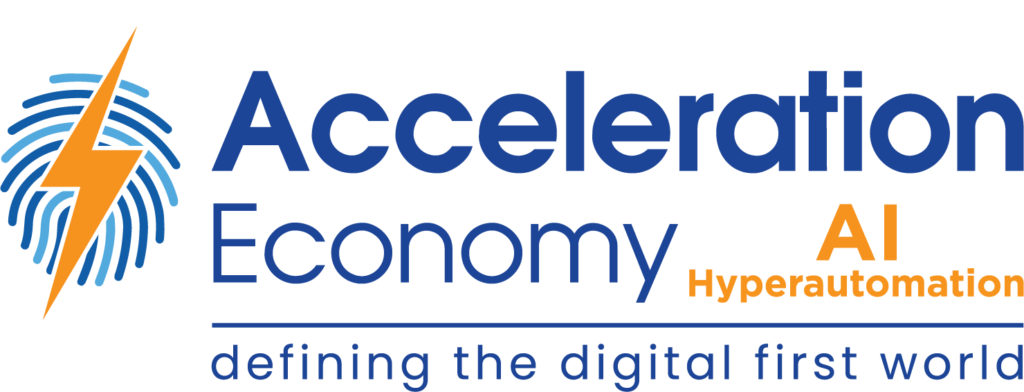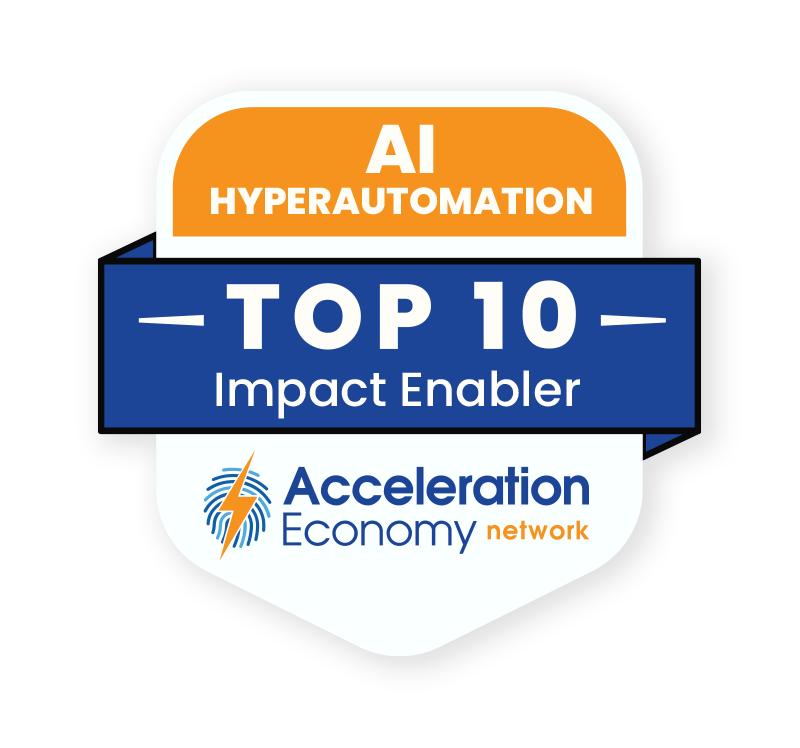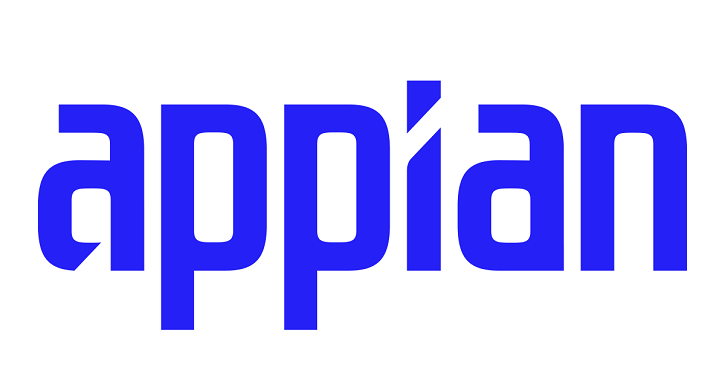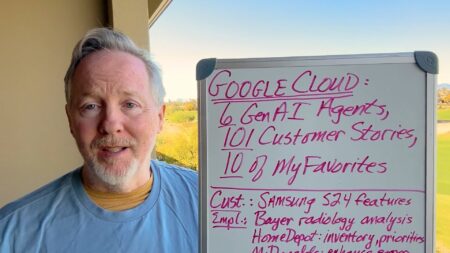Data and automation technologies are evolving at a pace that create significant challenges for tech leaders to factor the latest innovations into their technology stack. One of they key data trends (and buzzwords) in early 2023 is data fabric and Appian, one of 10 companies on our AI/Hyperautomation shortlist, recently rolled out its implementation of a data fabric.
Appian positions its data fabric as technology that accelerates development and apps that integrate with any third-party system—with no data migration or APIs required. Interestingly, Appian Data Fabric wasn’t heralded as a new product but instead a perfect storm of technology maturity, customer demand, and awareness that spurred the addition of new functionality to the existing Appian technology, namely the Appian Low-Code Platform that supports process mining, workflow, and automation.
“Here’s the most beautiful part about the Appian Data Fabric,” co-founder and CTO Michael Beckley said in a public discussion about the technology. “It’s not a new product. It doesn’t have a price tag. It doesn’t have a new training manual. It doesn’t have a whole new thing for you to learn.”
In this analysis, we’ll explain what a data fabric is, its benefits, how Appian is utilizing data fabric technology, and how one Appian customer, Natwest, is achieving significant gains today with Appian’s data fabric.
Which companies are the most important vendors in AI and Hyperautomation? Click here to see the Acceleration Economy Top 10 AI/Hyperautomation Short List, as selected by our expert team of practitioner-analysts
What Is a Data Fabric, and What Does It Achieve?
A data fabric is a way of connecting siloed data across various ecosystems without any requirements to move it — an important consideration since moving data can be a complex and costly process. The data fabric term was first used in 2020 and, since then, the industry has been grappling with how this concept could be rolled out and packaged for customers.
A data fabric is like a digital blanket that wraps siloed data sources and different integrations into a single unified ecosystem. Data fabric is a reaction to the proliferation of distributed data in microservice-based systems and multi-cloud ecosystems, as well as an increased dependence on big data for business decisions in fractured departments.
A data fabric simplifies data management in an increasingly complex operating landscape by unifying this data without moving it, as is the case with a data warehouse or data lake. Since the term was first used, various organizations in the data management and governance space have discussed the potential of the approach. Many data science experts have acknowledged the potential impact of the technology at a time when so much data is dispersed, and some organizations, like Appian, have taken steps to implement it.
How Does the Appian Data Fabric Work?
Appian describes its data fabric as “a virtual data layer,” and this layer aims to connect all of an organization’s existing data systems via an accessible, single entry point.
Beyond this, the data fabric doesn’t require the incorporation of workflows or apps, it just unifies the siloed data. It enables users to access and use data from various systems to build models without moving the data — all through the platform’s existing low-code infrastructure.
This is a key point. While a data fabric is complex and usually requires a dedicated data development team to orchestrate, Appian enables this architecture without users needing to write any supporting code.
Some early adopters have already discussed the positive outcomes they have experienced with the Appian Data Fabric. One of these is the UK banking giant Natwest.
The bank used Appian’s data fabric architecture to support unification of its data and risk governance strategy. Before Appian, the bank managed 17 separate governance policies that had to be individually updated when changes occurred.
Using data fabric, Natwest unified the 17 processes under one governance protocol. Instead of a separate action, the risk governance process was restructured and incorporated into the company’s workflow.
Final Thoughts
While data fabric is one of the early data management trends of 2023, Appian is one of the first organizations to put this technology into practice. The most interesting thing about this development is the fact that the technology is building on the existing Appian infrastructure, representing a natural transition into a more efficient and robust data architecture instead of requiring users to onboard a new product. Appian’s approach recognizes the pain points that many customers encounter in maintaining a wide range of data siloes and governance policies.










